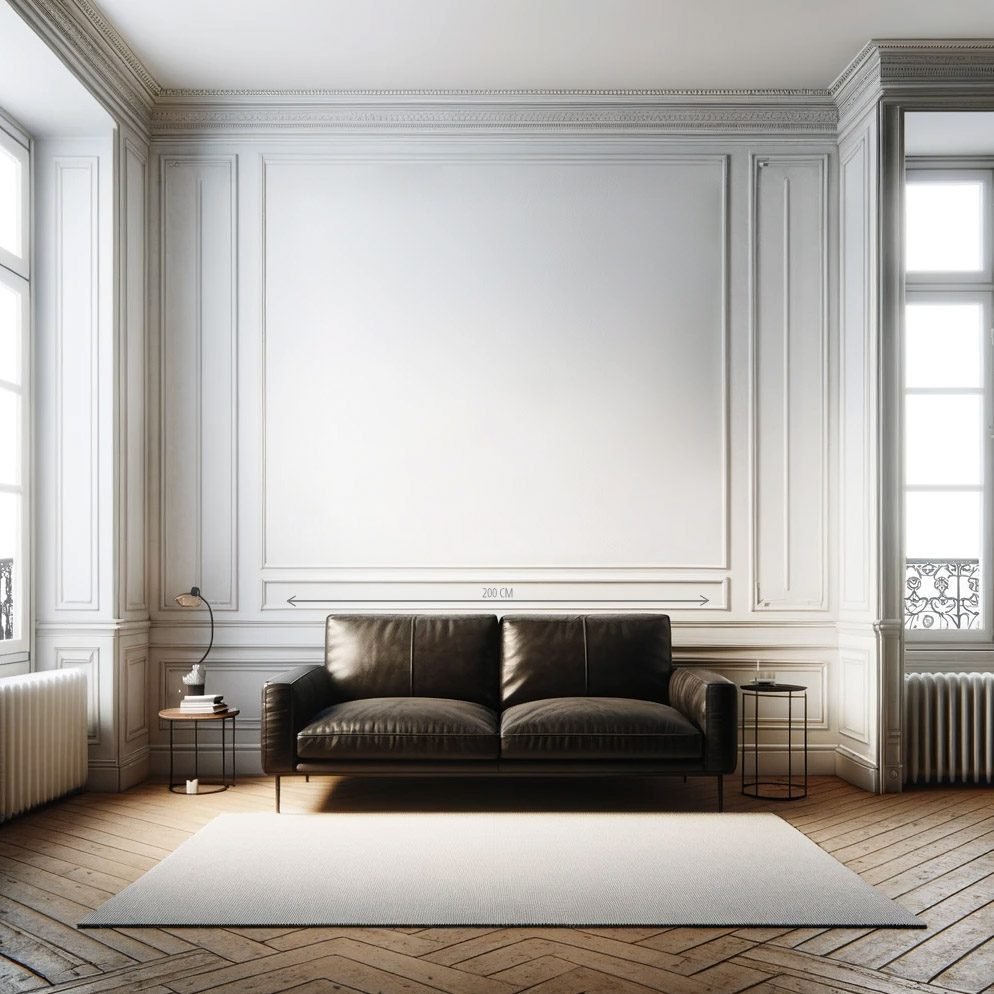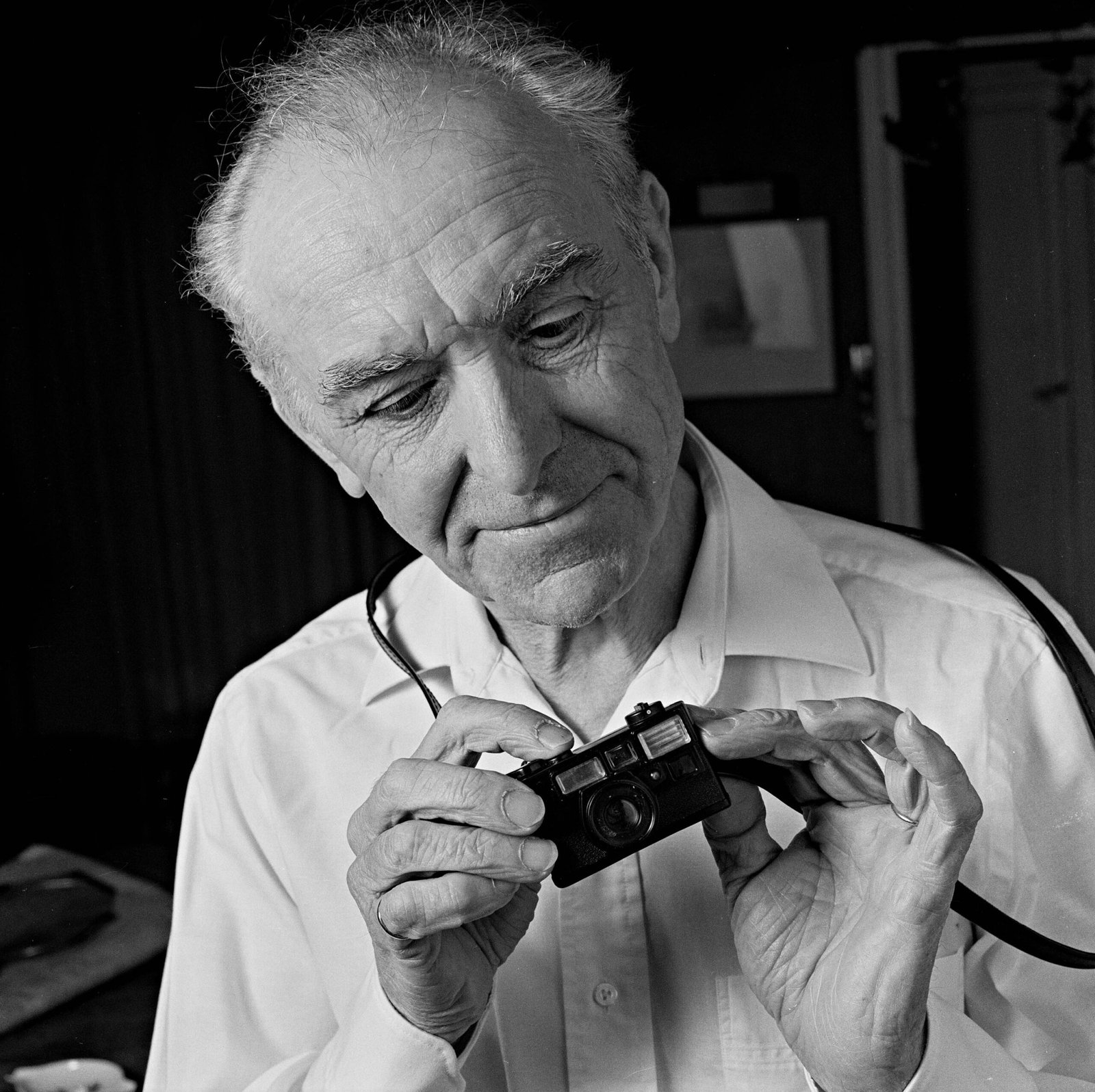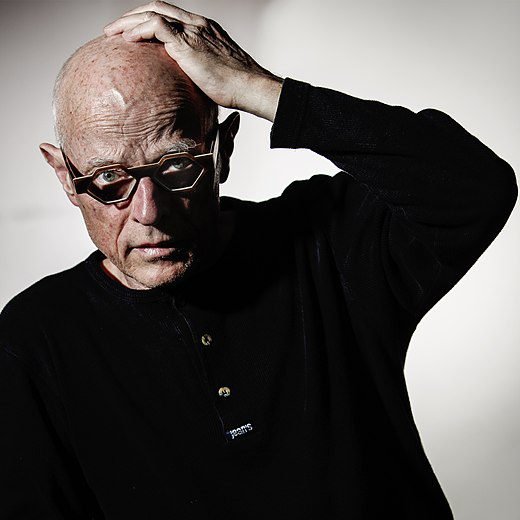ARTWORK DETAILS
Studio Idan - Art & Photography »» Fine art store »» Robert Doisneau
Robert Doisneau by Arnaud Baumann - ★ ICONIC PORTRAITS ★ Collection
Interior View
Size currently shown: Plop


Prints still available
Edition de 26 - all sizes included | 10 XS, 7 S, 5M, 3 L and one unique print in XL
450 € Sold out

600 € Sold out

1400 € Sold out

2900 € Sold out

15000 € Sold out

Choose Size and Options
Original signed and numbered print
From
450 €
Please note, the price of this work of art is progressive.
This means that every time one of the copies is sold, the price of the remaining prints increases.
Payment Options
Pay online in 4x without fees with PayPal. From 113 € / month for this artwork.
Are you a company ?
Leasing for this artwork over 12 to 48 months. From 30 € / month
Please, contact us to know more about leasing inquiries
Edition of this artwork
Edition de 26 - all sizes included | 10 XS, 7 S, 5M, 3 L and one unique print in XL
Type of print
C-Print
Signature
On the back.
Certificate of Authenticity
Yes, included by the gallery.
Year of Creation
1974 - 2012
Fine Art Artist
Arnaud Baumann
Collection
★ ICONIC PORTRAITS ★
Robert Doisneau, born on April 14, 1912 in Gentilly, studied graphic arts at École Estienne, graduating in 1929. Joining Léon Ullmann’s workshop in 1929, he was introduced to photography by Lucien Chauffard. In 1931, André Vigneau exposed him to the New Objectivity movement, and he married Pierrette Chaude-maison in 1934. After selling his first photographic report in 1932, Doisneau worked as an industrial photographer for Renault in 1934. Due to lateness and attempted time card manipulation, he was dismissed in 1939, leading to an independent career. Collaborating with photographer Ergy Landau during World War II, he joined the Rapho agency in 1946. Doisneau contributed diverse photographic reports for magazines such as Life and Paris Match. In 1947, he joined the Groupe des XV, forming a lasting friendship with Robert Giraud. Doisneau’s post-war career thrived, contributing to Vogue and receiving awards like the Kodak Prize in 1947 and the Niépce Prize in 1956. Recognized for iconic photographs like “Le Baiser de l’hôtel de ville,” he maintained a distinctive style capturing Parisian streets, post-war suburbs, and schoolchildren. Achieving international recognition, he received accolades such as the Grand Prix National de la Photographie in 1983. Robert Doisneau passed away on April 1, 1994, leaving behind a lasting legacy, resting beside his wife Pierrette in Raizeux near Rambouillet.

★ ICONIC PORTRAITS ★
Who’s Who is the directory of people who are supposed to be important in the life of a country. The first English edition dates from 1849, the French from 1953. Arnaud Baumann’s more recent, fresher, more unbuttoned Who’s Who began in the ’80s, when as a young photographer, he began to frame in his viewfinder people who mattered, particularly to him. For example, the libertarian squad of the newspaper Hara-Kiri, of which there remains a spirit, a disruptive and ill-bred body of work, a legacy, an offspring, a tragedy – the Charlie Hebdo massacre in January 2015 – and a book-bible, Dans le ventre de Hara Kiri (Éd. La Martinière, 2015), a tumultuous echography produced by Arnaud Baumann with his long-time alter ego, photographer Xavier Lambours. The difference between the ordinary Who’s Who and his is that in his it’s the texts that are brief and secondary, and the photos that are large and important.
If one of his predilections as an artist is portraiture, his favorite exercise, his originality, his great success, his stylistic signature, is the happy portrait. To a large extent, Iconic portraits is an exhibition – and a collector’s book (limited to 100 copies) – about mischief and irony, euphoria and joy, humor, jokes, mischief and self-mockery, which is to derision what self-criticism is to criticism: progress. More than a Who’s Who, it’s a gallery of tableaux-cabrioles, exaggerated mimics, pasquinades, as we used to say in Victor Hugo, stretching from the end of the xxᵉ century to the beginning of the xxiᵉ, while we wait for the rest, because a century is a long time. Even more than a yearbook, it’s a kind of Légende dorée in images, secular, profane, cheerfully pagan, if you leave out Abbé Pierre, Julien Green and a few emeritus heads. More than a golden legend, it’s a multicolored dictionary of biographies written on silver film, from Leica to Polaroid camera. Nostalgic readers will see it as an affectionate, droll, effervescent, Dionysian and sometimes sulphurous repertory – but this sulphur smells of humanity – of a host of milieus and periods that make up a demography of preferences, a selective sociology and, in short, the chosen inventory of a memorialist multiplied in fifteen worlds.
In the end, we find dozens of old acquaintances who, on screens, stages, newspapers, books, art galleries and museums, have accompanied us through our successive ages, and who are a bit like relatives we’ve known, if not in the world, at least in the spectacle of the world, a substitute phantasmagoria in which we undoubtedly live more than in reality. And if many of these long-lost acquaintances have disappeared, most of them, at the time of these portraits, are the embodiment of that kind of happiness of being and vitality of group or couple that radiates from the image when the happiness of being and vitality of the subjects are redoubled by those of the portraitist. A photographer’s portraits, in fact, are also the photographer’s portrait, and each of them, when the subject, photographer and portrait are up to scratch, makes a whole greater than the sum of its parts.
The atmosphere, precisely, is one of celebration, of rest from toil. But from time to time, you need to take a break from rest, not so much from work as from seriousness, anxiety and danger. This is what happens here, without the photographer deviating much from the measured baroque or youthful naturalness that he conveys from the first of his images to the last.
Emil Cioran, tucked away in his attic in the Latin Quarter, a figure of defeated dough, raised towards a skylight he would like to open, or close. Hair as thick as anguish. The face of an abused old child, overwhelmed, slapped in the face by the nasty rectangular light of a Heaven where the persecuting demiurge of the Gnostics has shamelessly taken up residence. Photogeny of the inconsolable. Look no further for a better illustration of disappointed mysticism.
Bashung, for instance. That stork finger on his lips. This finger of finesse with a scarlet nail. That finger that isn’t his, but which suits him so well… The finger of his feminine side, since they say you have to have sides, like with cakes? A queen of hearts? An adorer? Of modesty? Delicacy? Melancholy? Of death? Louis XIII, secret king, dies with an identical gesture or pose, but it was his personal index finger. Silences of the complicated. Imaginative finds.
Like this “Self-portrait with C-gasoline”, in which the photographer, as a deliberate arsonist, takes the stage and pays for it with his own life. The price might have been exorbitant, but in the end it’s less a portrait of gasoline than a portrait of an essence, an ontology, a way of being, a thief of fire, warm, ignited, a risk-taker, yet not a nutcase. This running flame is Prometheus in miniature, unleashed not on his rock at the ends of the earth, but in the Val d’Oise, on the edge of cartoonist Siné’s fire-extinguisher pool.
Baumann, referring to his portrait of elderly Philippe Soupault, overloaded with ninety-two years of memories and as if appalled, he the surrealist, to have spent an entire existence in a reality that is eventually nothing but smoke: “Undressing can also mean showing one’s wrinkles, the passing of time. To be able to accept death (…) A portrait is successful, I think, when it reaches that dimension. Nakedness.
THE QUESTION IS: THE EXPOSURE OF WHAT EXACTLY?
The answer comes from Jean Paulhan: “People gain from being known. They gain in mystery. That’s the great thing about human beings: if you happen to discover the mystery they are at first, you’re bound to discover the enigma they are afterwards. So, who’s who?
And what is Iconic Portraits, if not a concentration and pileup of revealing rebus, like any true portrait exhibition? But an invigorating concentration and pileup, because if no exhibition or book of the living has ever been so lively, no exhibition or book of the dead has ever been so cheerful, restless, motley, variable, energetic, offbeat, whimsical and inventive.

Arnaud Baumann
Arnaud Baumann, French portrait photographer and videographer, was born in 1953 and left an indelible mark on the world of photography. His career began alongside photographer Xavier Lambours, with whom he had the opportunity to capture unique and intimate moments by photographing the behind the scenes, hysterics and editorial conferences of Hara Kiri and Charlie Hebdo magazines. This experience marked the start of a promising career.
Over the years, Baumann has been published in renowned magazines such as Hara Kiri, Libération, Le Nouvel Observateur, Télérama, VSD, Paris Match and Géo, thus demonstrating his talent and versatility as a photographer.
During one of the key periods of his career, from 1978 to 1983, Baumann immortalized the evenings at Fabrice Emaer’s “Palace”. Through his photographs, he captures the very essence of these extravagant evenings, immersing us in the electric and liberated atmosphere of a bygone era.
Baumann devotes a large part of his career to portraiture, becoming a master in the art of revealing the essence of well-known personalities and cultural actors. His portraits are imbued with depth and sensitivity, to the point of capturing the soul of his subjects.
Throughout his career, Baumann reinvented his style while remaining faithful to what makes him a generational photographer. His process rethinks the links between the structure of his vision and the reality that surrounds it. His photographs are recognizable by their precise framing, precise colors and always mastered compositions.